Scientists create a new route for the total synthesis of tetrodotoxin, a molecule in puffer fish that has promising medicinal benefits, such as pain relief.
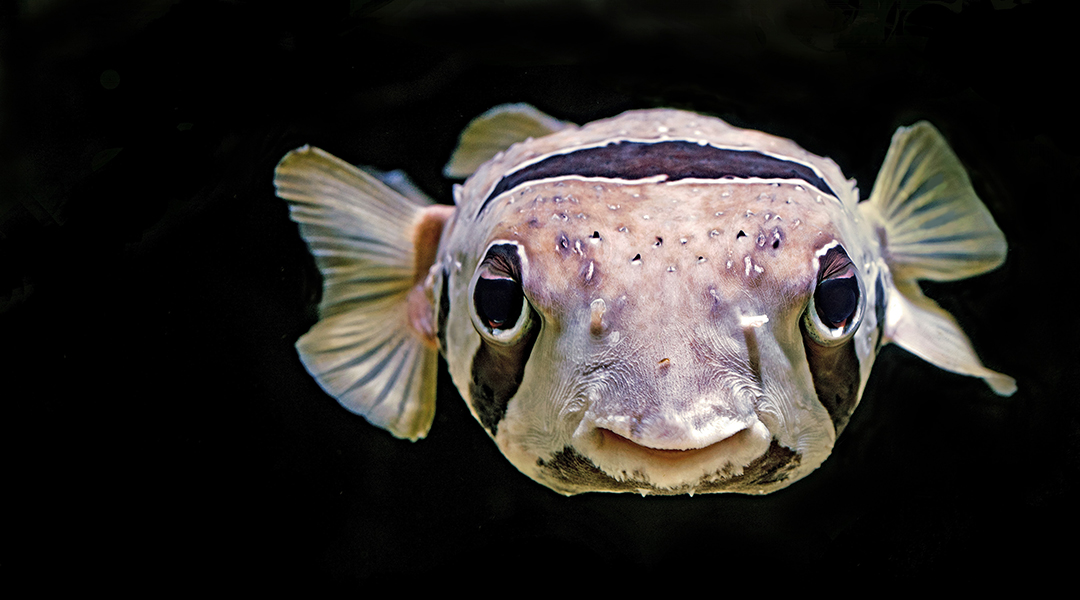

Scientists create a new route for the total synthesis of tetrodotoxin, a molecule in puffer fish that has promising medicinal benefits, such as pain relief.
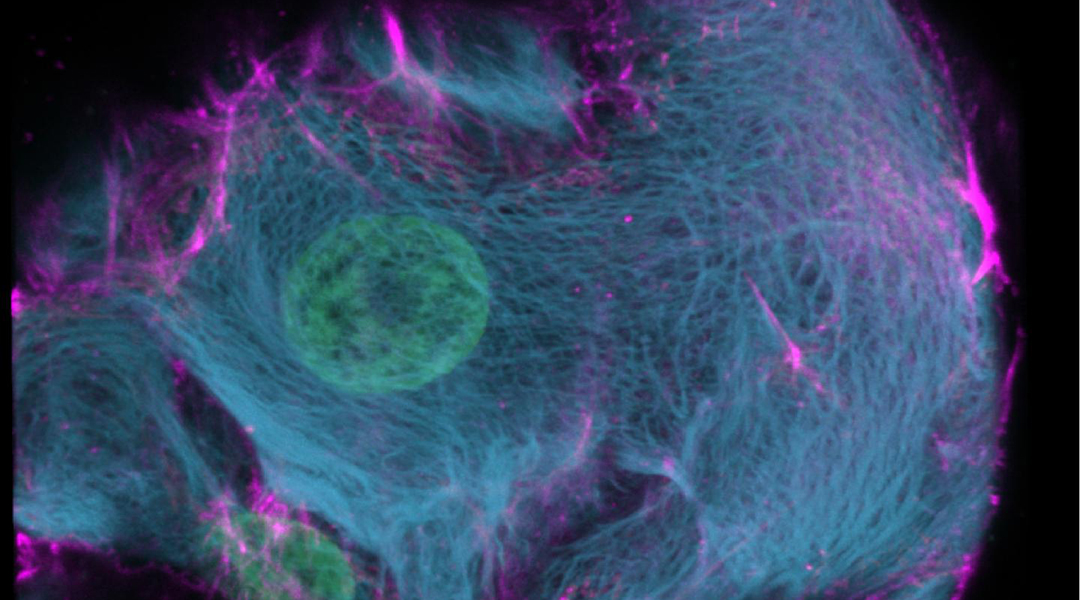
A new take on CRISPR allows researchers to “paint” cells and observe never-before-seen cellular processes in great detail.

Researchers say people’s lives are shortened by an average of nearly three years from different sources of air pollution

A new, shorter total synthesis makes studying the therapeutic effects of Amanitins possible.
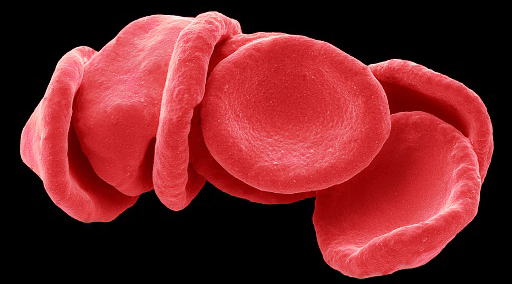
Physicists design super-human red blood cells to deliver drugs to specific targets.
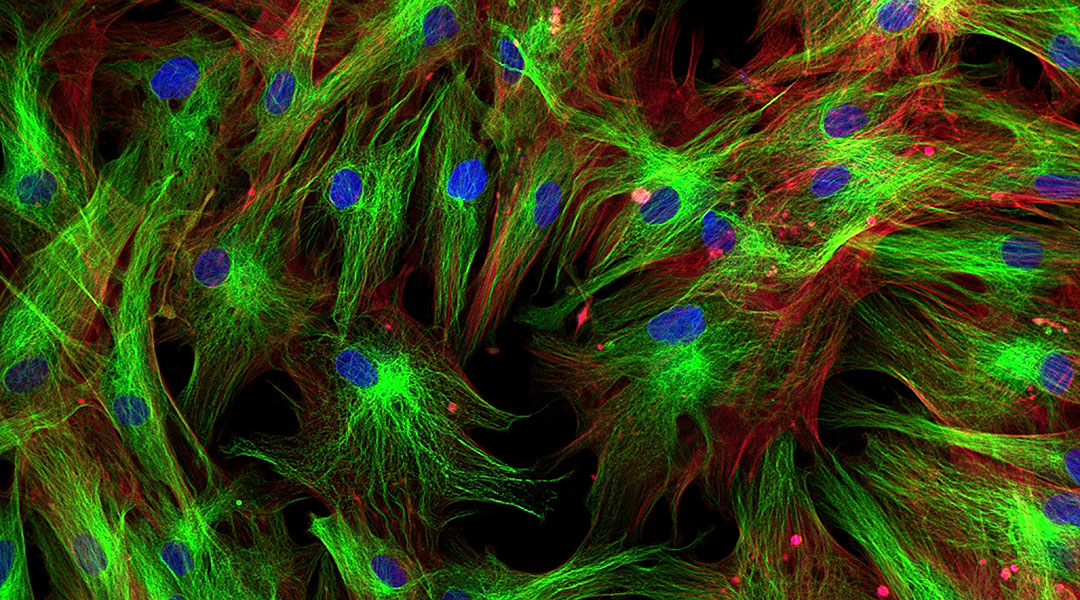
A molecular probe maps misfolded proteome state in live cells.

Just as desktop PCs acquired some of the functions performed by room-sized mainframes, a Stanford team has prototyped a silicon chip that packs some of the punch delivered by current particle accelerators.

We have the potential to end the HIV epidemic. But why hasn’t it happened yet?
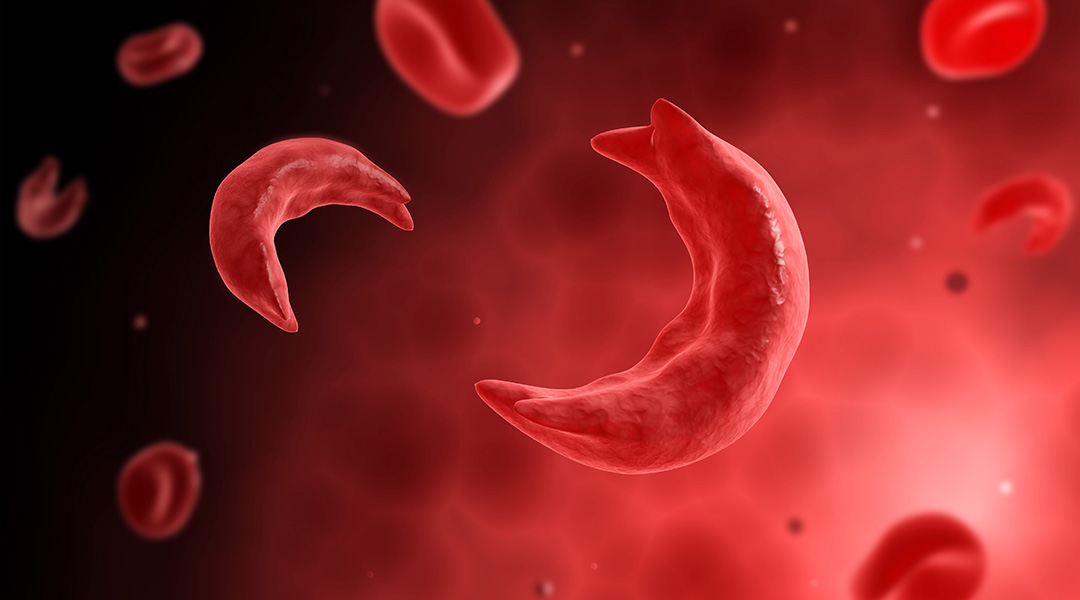
In 2019, CRISPR gene-editing therapy was used for the first time to treat sickle cell disease.

Protein-protected metal nanoclusters have excellent biocompatibility and have received considerable attention as a luminescent probe in a number of fields such as biosensing, bioimaging, and imaging-guided therapy.